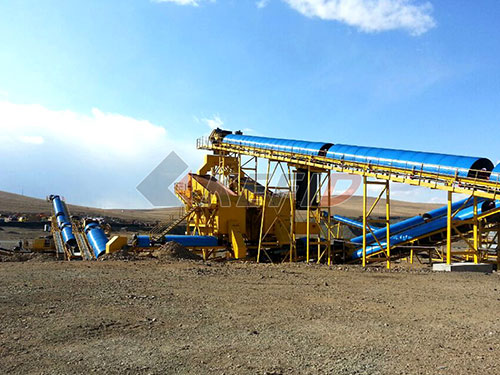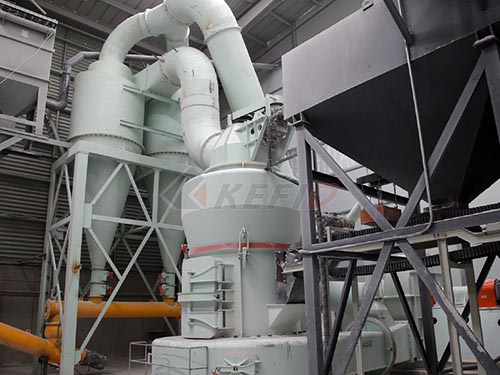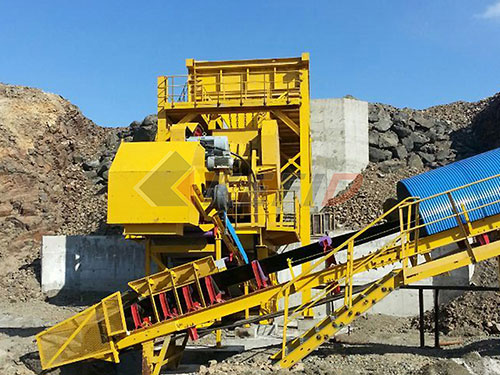Hydraulic Cone Crushers: Optimizing Basalt Crushing Economics in Georgia
Introduction
Georgia’s rugged landscape is rich in volcanic basalt deposits – a dense, hard rock prized for its durability in construction aggregates for roads, railways, concrete production, and architectural applications. Efficiently processing this challenging material into high-quality specifications demands robust technology capable of delivering consistent output while managing operational costs effectively. Enter the hydraulic cone crusher – a cornerstone technology increasingly recognized as the optimal solution for basalt crushing operations across Georgia. This comprehensive analysis explores why hydraulic cone crushers are pivotal for Georgian basalt producers and delves into the multifaceted factors influencing their price within this dynamic market.
The Challenge of Basalt Crushing
Basalt presents inherent difficulties for crushing equipment:

1. High Abrasiveness: Its mineral composition rapidly wears down crusher components.
2. High Compressive Strength: Requires significant force to fracture.
3. Variable Feed Size & Composition: Quarry-run material can range from fines to large boulders.
4. Demand for Precise Cubicity: End-use applications often require well-shaped aggregate particles.
Traditional jaw crushers followed by impact crushers struggle with these challenges long-term due to excessive wear on blow bars/hammers when processing hard rock like basalt and difficulties maintaining consistent shape control.

Hydraulic Cone Crushers: The Engineered Solution
Hydraulic cone crushers overcome these limitations through sophisticated engineering:
1. Robust Design & High Crushing Force: Heavy-duty castings and powerful eccentric assemblies generate immense pressure needed to fracture tough basalt efficiently.
2. Interparticle Crushing Principle: Rock-on-rock crushing occurs within the chamber as material compresses against itself between mantle and concave liners. This minimizes direct metal-to-rock contact significantly reducing wear compared to impact crushing.
3. Superior Particle Shape Control: The interparticle action inherently produces more cubical particles critical for high-value aggregate products used in asphalt mixes and high-strength concrete.
4. Advanced Hydraulic Systems: This is where they truly excel:
Automatic Overload Protection (Tramp Release): Hydraulic cylinders instantly release uncrushable objects (tramp iron) protecting the machine from catastrophic damage without stopping production – crucial when dealing with unpredictable feed.
Automated Chamber Clearing: Hydraulics allow quick opening of the crushing chamber if it becomes blocked.
Dynamic Adjustment Under Load: The CSS (Closed Side Setting),

Leave a Reply